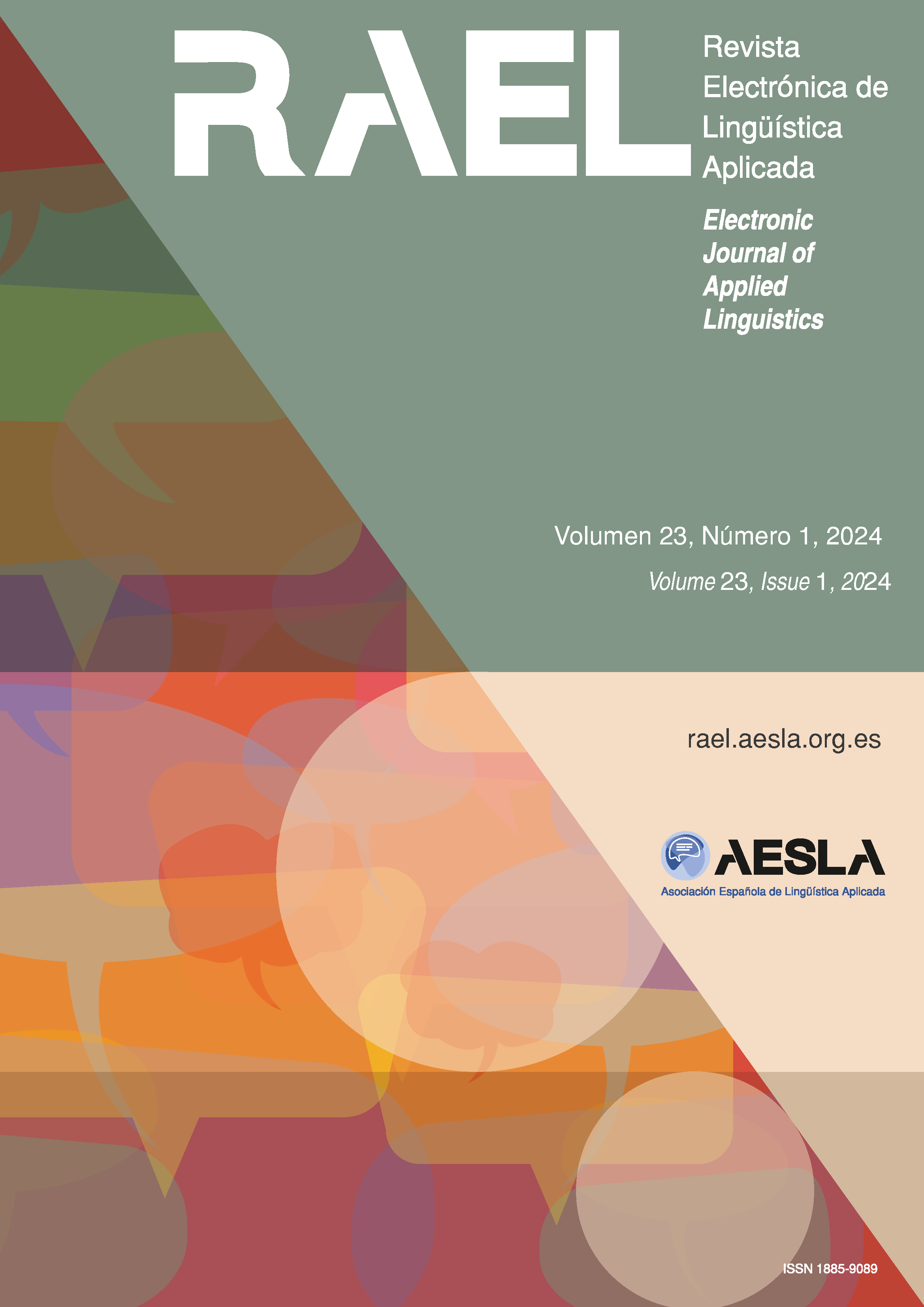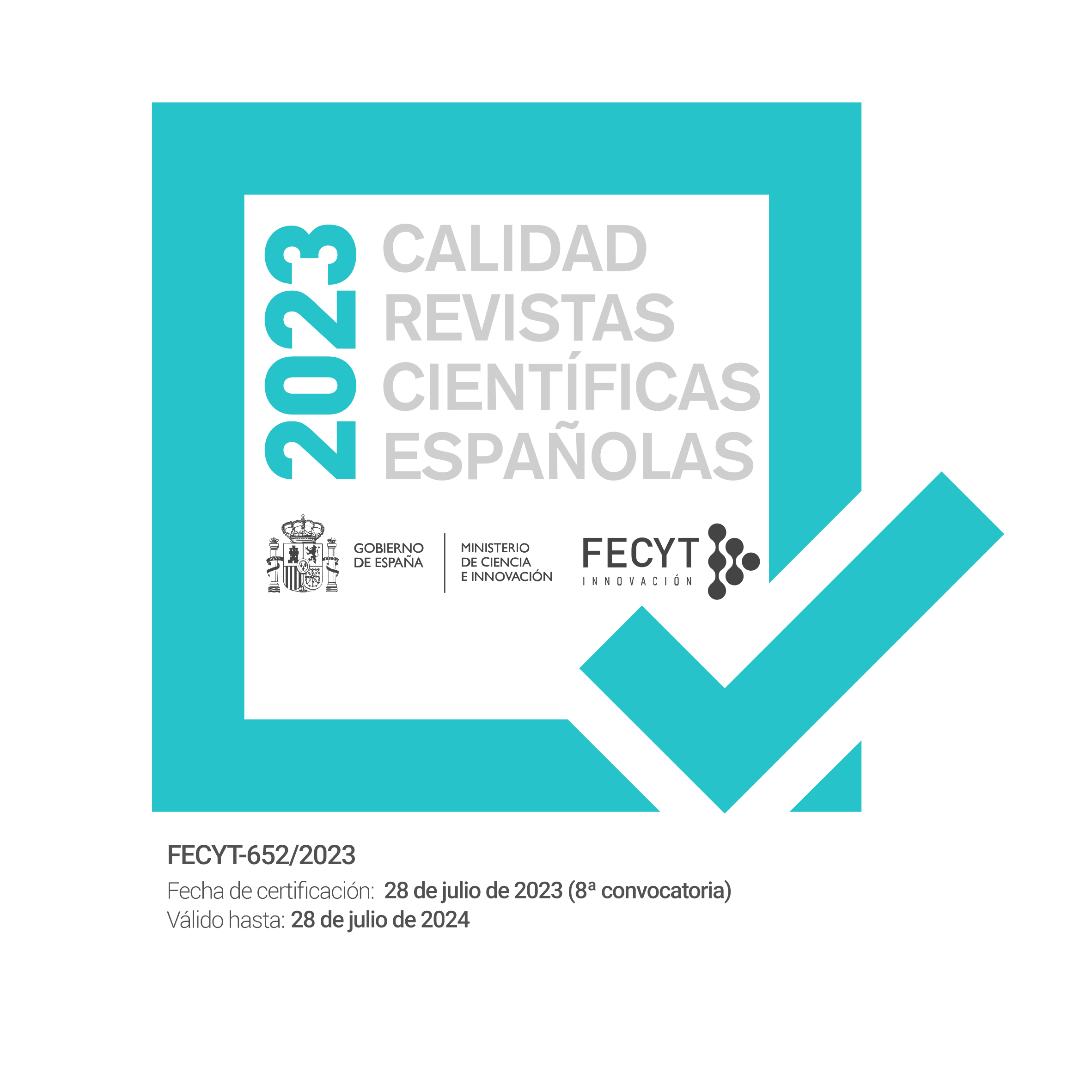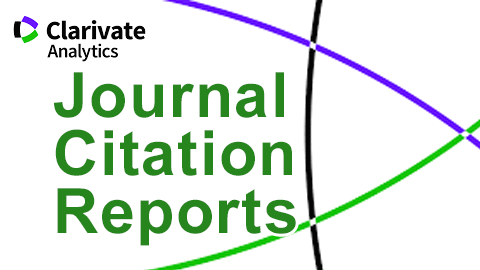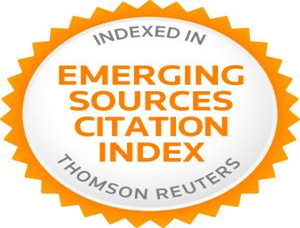Review of Barón, J., Celaya M. L. & Watkins, P. (2024). Pragmatics in Language Teaching. From Research to Practice. New York and London: Routledge.
DOI:
https://doi.org/10.58859/rael.v23i1.653Palabras clave:
teaching pragmatics, interlanguage pragmatics, speech acts, politenessResumen
.
Citas
Birner, B. J. (2013). Introduction to Pragmatics. Oxford: Wiley-Blackwell. https://doi.org/10.7202/1017210ar
Brown, P. & Levinson, S.C. (1987). Politeness: Some Universals in Language Usage. Cambridge: Cambridge University Press. https://doi.org/10.1017/CBO9780511813085
Crystal, D. (Ed.) (1997). The Cambridge Encyclopedia of Language (2nd ed.). Cambridge: Cambridge University Press.
Grundy, P. (2008). Doing Pragmatics (3rd ed.) London: Hodder Education.
Leech, G. N. (2014). The Pragmatics of Politeness. Oxford: Oxford University Press. https://doi.org/10.1093/acprof:oso/9780195341386.001.0001
Levinson, S.C. (1983). Pragmatics. Cambridge: Cambridge University Press. https://doi.org/10.1017/CBO9780511813313
Rose, K. R. & Kasper, G. (Eds.) (2001). Pragmatics in Language Teaching. Cambridge: Cambridge University Press. https://doi.org/10.1017/CBO9781139524797
Searle, J. R. (1976). A classification of illocutionary acts. Language in Society, 5(1), 1-23. https://doi.org/10.1017/S0047404500006837
Thomas, J. (1995). Meaning in Interaction: An Introduction to Pragmatics. London and New York: Longman.
Verschueren, J. (1999). Understanding Pragmatics. London: Edward Arnold / New York: Oxford University Press. https://doi.org/10.1016/S0378-2166(98)00097-6
Yule, G. (1996). Pragmatics. Oxford: Oxford University Press.
Descargas
Publicado
Número
Sección
Licencia
Derechos de autor 2025 Marta Carretero

Esta obra está bajo una licencia internacional Creative Commons Atribución-NoComercial 4.0.
Reconocimiento – No comercial (CC BY-NC). Bajo esta licencia el usuario puede copiar, distribuir y exhibir públicamente la obra y puede crear obras derivadas siempre y cuando estas nuevas creaciones reconozcan la autoría de la obra original y no sean utilizadas de manera comercial.
Los autores retienen todos sus derechos de publicación y copyright sin restricciones.









